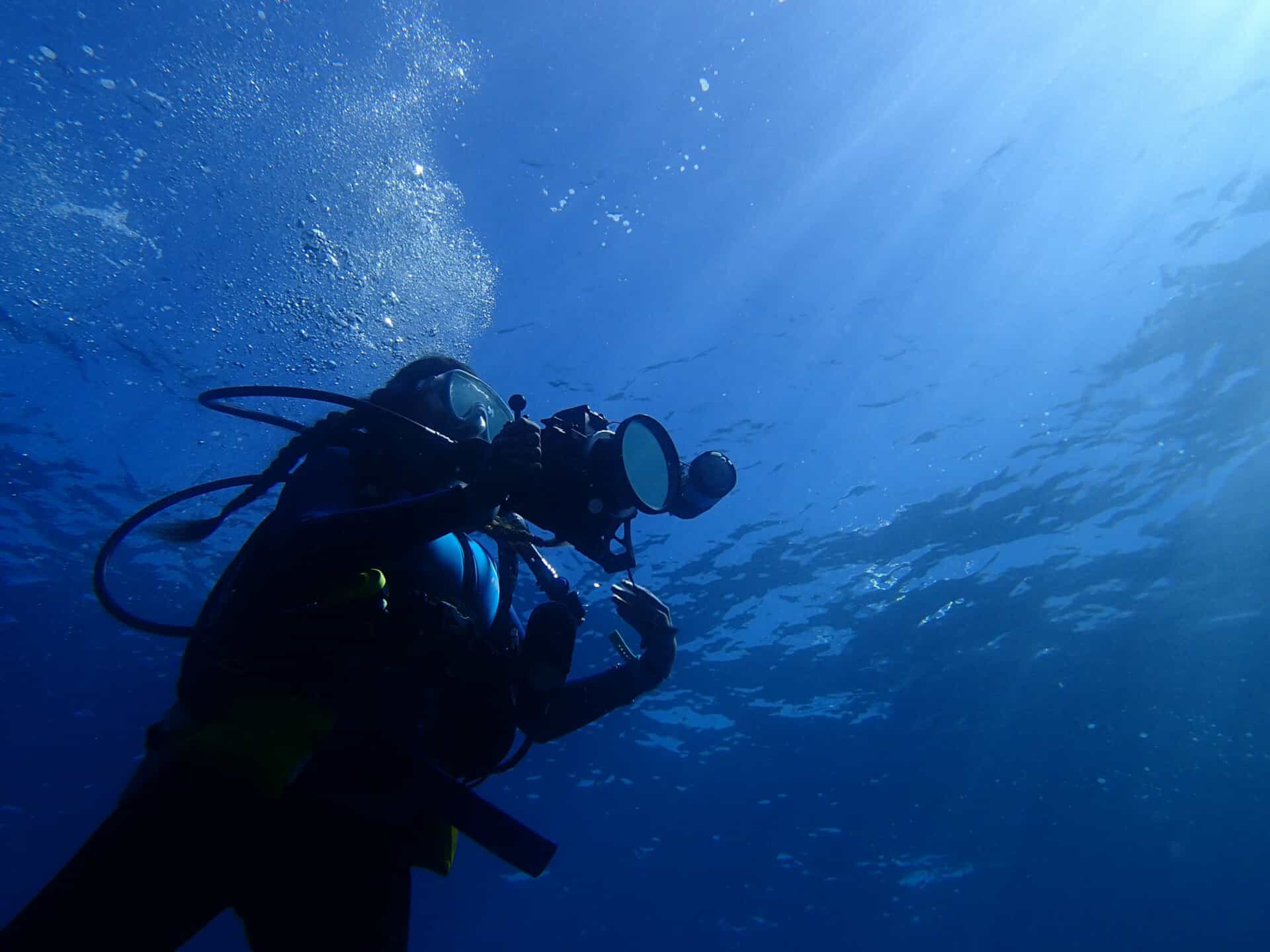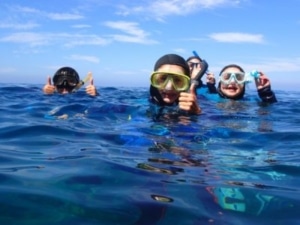
One of our favorite marine-based creatures here at Catalina Sea Camp is the beautiful sea turtle. These magnificent creatures have existed for over 100 million years and travel all throughout the world’s oceans. Sadly, the sea turtle population is declining – largely due to how humans have polluted the planet’s natural oceans and beaches. States such as California have already passed laws banning harmful plastics that filter into the ocean such as bags and straws, but those bans likely won’t be enough to save the turtles in the long run. What would our world look like if suddenly the sea turtle were to go extinct?
The Ecological Effects of a Sea Turtle Extinction
Sea Grass Beds
Sea turtles and more specifically green sea turtles are one of the only animals on this planet that eats seagrass. Much like the grass we see on our lawns, seagrass needs to be cut and maintained to help it grow across natural sea beds. Seagrass beds are incredibly important for the marine ecosystem, as they provide a home for many species of fish and crustaceans. Without seagrass beds, many species of marine would be lost. In turn, this could have a detrimental effect on our lives as well, as many of the marine species that we harvest for food would suddenly disappear. On the surface we might not realize just how important sea turtles are for our survival, but if they were to go extinct the surrounding marine life would soon follow suit. Every part of an ecosystem, no matter how big or small, plays an integral part in the world around us – if we lose one, the rest will follow.
Beaches and Dune Ecosystems
The beaches and dunes across our coastlines struggle to get much if any nutrients throughout the year – little vegetation is able to grow on dunes, while no vegetation is able to grow on the beach itself. When sea turtles come to shore to lay their eggs they, in turn, help these areas absorb much-needed nutrients. Sea turtles lay anywhere between 3 – 7 nests of eggs per summer, with around 100 eggs per nest. Sadly, many of these turtle eggs will not make it past the hatchling stage, but even through death, the sea turtle is still able to do wonders for the ecosystem. The nutrition in these unhatched eggs helps the dune vegetation around it grow and become stronger. As the dune vegetation grows, the entire beach/dune ecosystem flourishes. If dunes were unable to absorb these nutrients from sea turtles the vegetation would not be strong enough to hold the sand together, which would result in beach erosion across many coastlines. Again, this is something that we might not initially consider when thinking of the sea turtle but if you remove one part of an ecosystem as important as the sea turtle, the rest will begin to crumble.
Learn More About Our Marine Ecosystem at Catalina Sea Camp
Habitat destruction, pollution, and even overconsumption are causing a significant decline in many of the species we depend on. Want to learn more about our sea turtle friends and how we can save them? Sign up for a summer at Catalina Sea Camp and experience the deep blue world firsthand! Our dates and rates for this upcoming summer are now available, so sign up now to secure your spot this summer to secure your spot this summer! We can’t wait to see you there!



